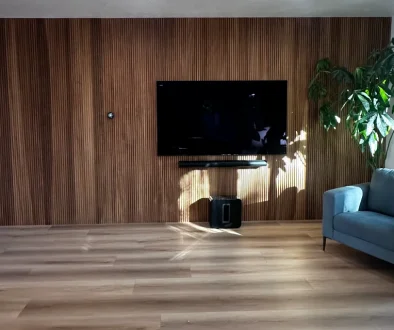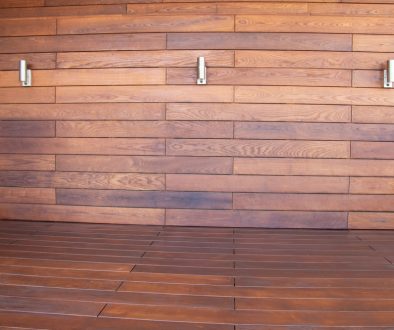What Makes Thermally Modified Woods the Best Interior and Exterior Siding Solution
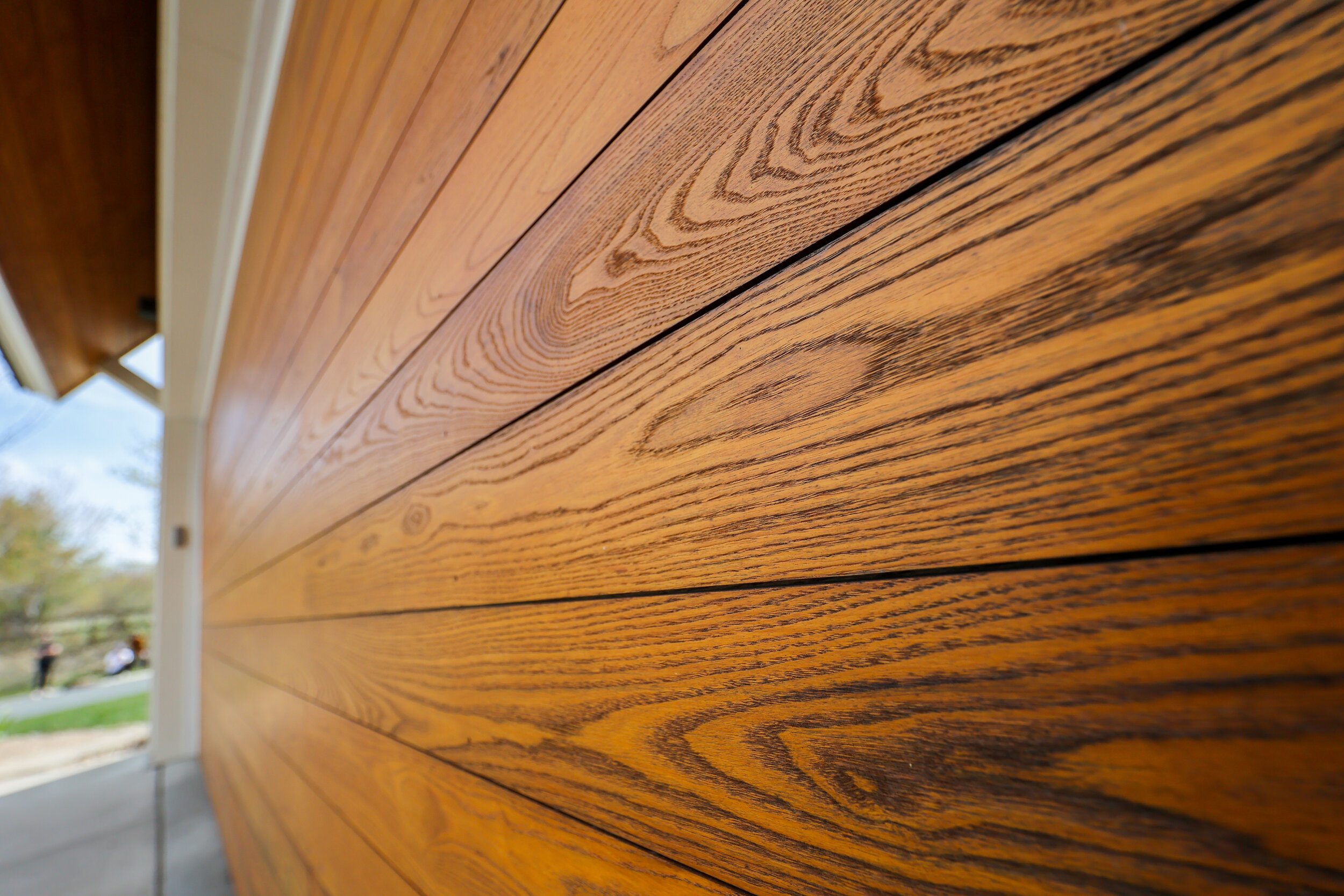
What Makes Thermally Modified Woods the Best Interior and Exterior Siding Solution
When deciding to renovate your indoor or outdoor living spaces, choosing the best material in terms of cost, longevity, aesthetics, and functionality is always at the forefront of a homeowner’s mind. A recent game-changer in siding, soffit, and ceiling applications that truly considers these priorities like no other is thermally modified woods.
If you haven’t heard of the thermal modification process yet, stick around. In this blog, we’re going to delve into the world of thermally modified woods, the history of the thermal modification process, its benefits, technical process, sustainability, and other important considerations.
History of Thermally Modified Woods
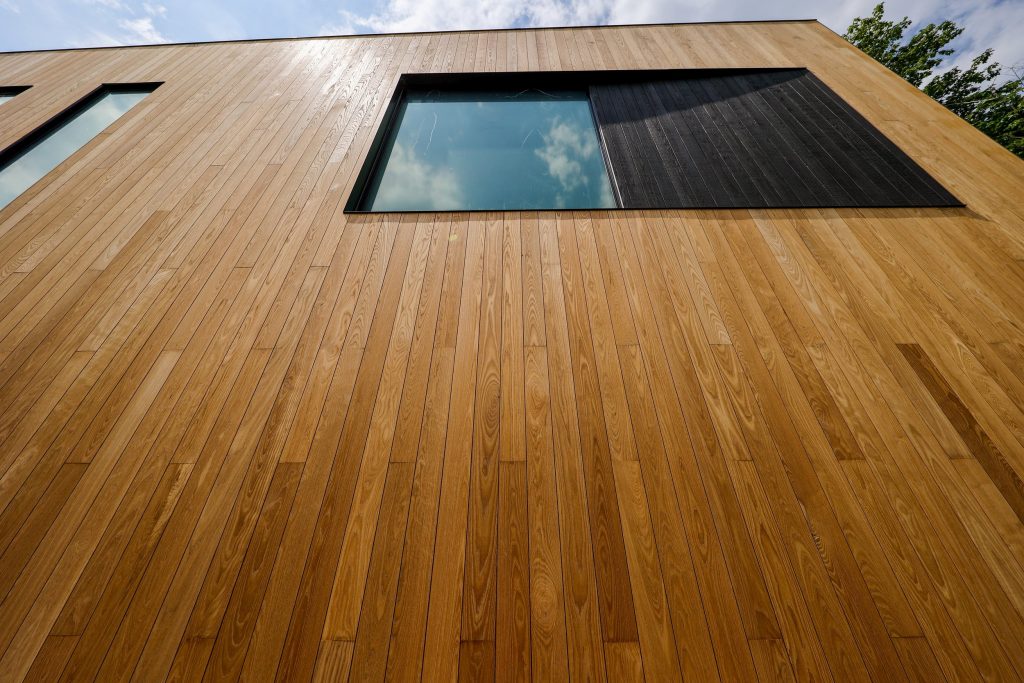
The thermal modification process dates back to the early 20th century, in 1915 when kiln specialist Harry Tiemann heated wood at 150° Celsius. Harry was the first person to notice how when the wood is heated to a certain temperature, there is a subsequent drop in the hygroscopicity of the wood. Hygroscopicity is a fancy word used to describe a material’s ability to absorb moisture.
Why was this revelation so important? When wood absorbs moisture, it can expand and contract, which has negative implications in construction, furniture making, and woodworking. So, figuring out a chemical-free way to make wood less susceptible to absorbing moisture is key to longer-lasting wood applications.
Although Harry made this revelation in 1915, the thermal modification process was only popularized in the 1990s in Europe, specifically Finland. Decades later, this process has finally made it to the United States.
Thermal Modification Technical Process

Before we get into the benefits of thermally modified woods, it’s important to understand the process itself. Thermally modified woods go through a chemical-free kiln that solely uses heat and steam to remove moisture and sugar from the wood’s cells.
The traditional process includes three phases. In the first phase, the wood is placed in the kiln with a gradual increase in temperature to reduce the Equilibrium Moisture Content (EMC) of the wood. In the second phase, there is a quick increase in temperature to alter the cell’s composition.
Rot, decay, and mold thrive on the sugars present in wood, making this second step imperative for enhancing resistance against these environmental hazards. Without proper treatment, non-thermally modified woods often require frequent maintenance and repair for homeowners. The last phase of the process uses steam to bring the wood’s temperature and EMC back down to normal levels.
Benefits of Thermally Modified Woods
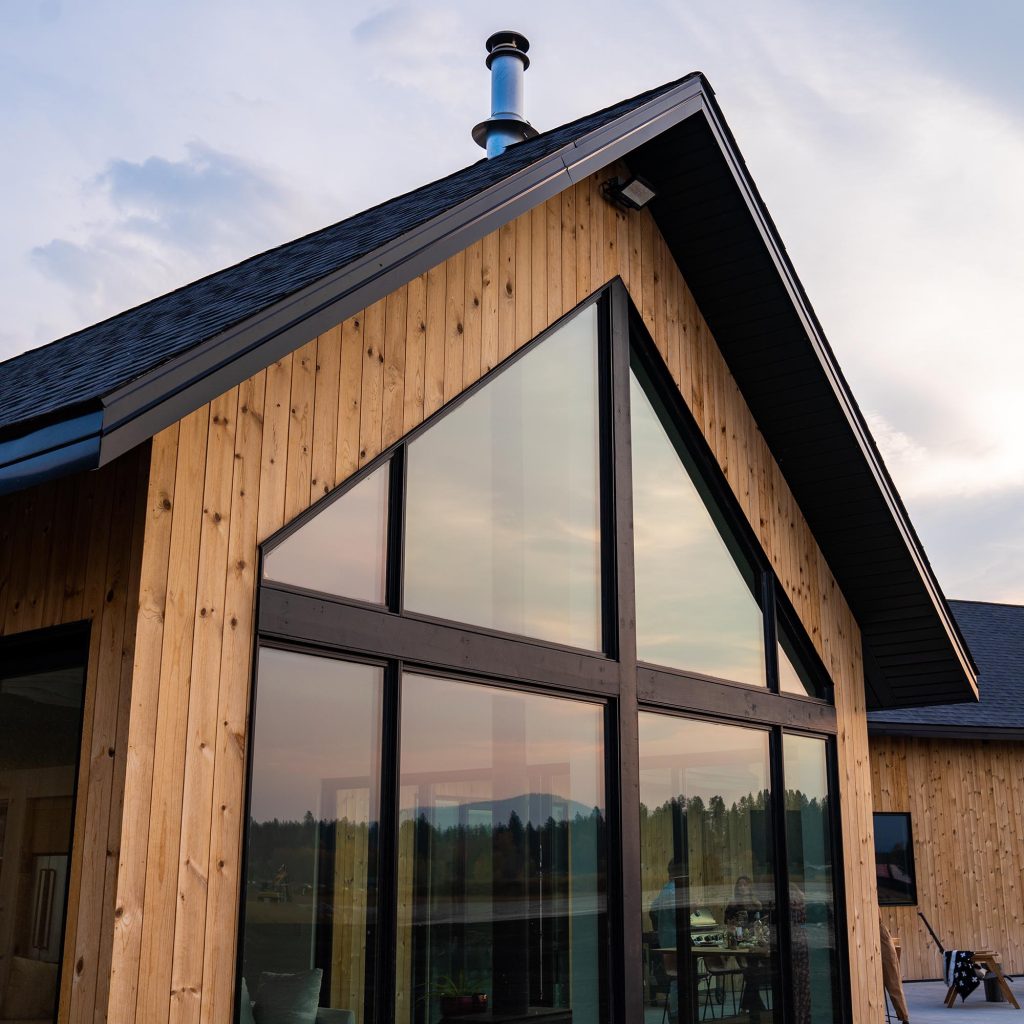
Improved durability: The thermal modification process alters the wood’s composition, ensuring it remains more stable and durable over time. As a result, structures built with thermally modified woods are better equipped to endure harsh weather conditions & moisture levels without compromising their structural integrity.
Resistance to Rot and Decay: The thermal modification process makes the woods inherently resistant to biological agents such as fungi, mold, and insects, that commonly cause rot and decay. The process also makes the wood less susceptible to moisture absorption and microbial growth, ensuring the wood remains strong when exposed to humid environments (they can even be used in saunas and showers!).
Enhanced Visual Appeal: The thermal modification process not only improves the performance of the wood but also enhances its natural beauty. By subjecting the wood to controlled heat and steam, the treatment brings out rich, caramelized tones, resulting in a rich homogenous appearance.
Ideal for Builders, Designers, and Homeowners
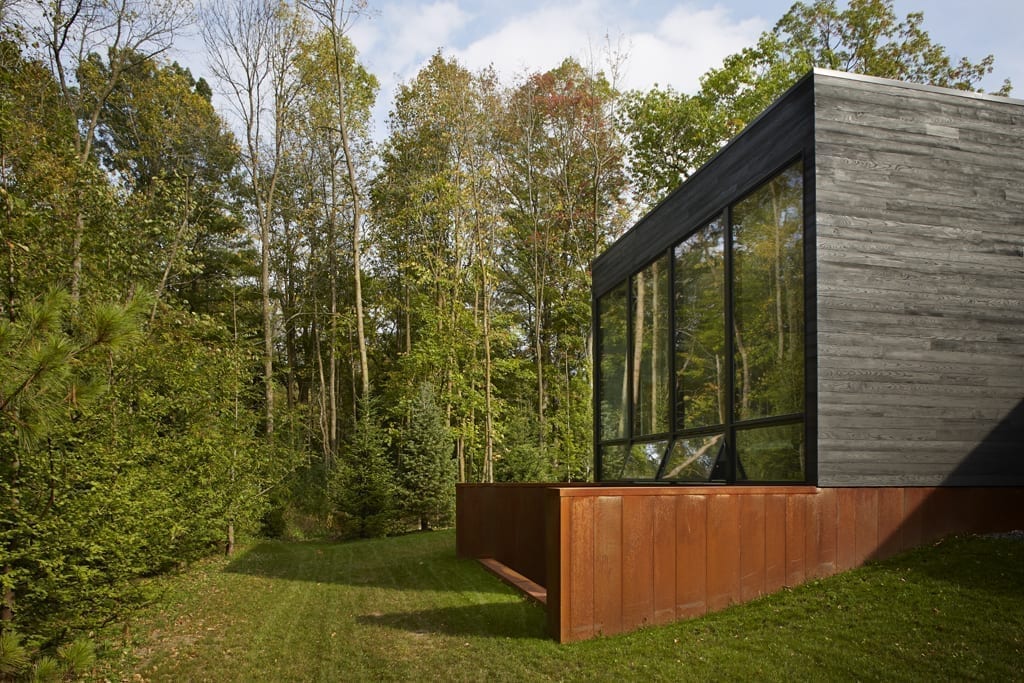
As you can probably tell by now, thermal modification is the ultimate way to increase the wood’s lifespan, aesthetics, and performance in a sustainable, chemical-free environment. Architects, designers, builders, and homeowners love this wood for a variety of reasons.
Since the process removes the wood’s moisture, it makes the wood considerably lighter in weight, making the installation process a lot more simple than with more dense woods. This means less time for installation for the builder and lower labor costs for the homeowner.
Also, the rich and uniform look of these woods makes a considerable difference in the overall look of the project, whether that be an accent wall, ceiling, soffit, or sauna. Architects and designers appreciate the sleek and modern look of these woods in comparison to non-thermally modified wood alternatives like cedar and cypress.
Installation Procedure
Because of the lightweight nature of thermally modified woods, even DIYers can install it! These woods are installed with a nail gun and finished nails rather than screws because they’re so lightweight.
Sustainability
Since the process involves no chemicals, thermally modified woods are 100% natural and don’t cause harm to our environment. Also, because of the enhanced durability and resistance to biological agents, homeowners don’t need to replace the wood as frequently, meaning less resources will be used long term.
Other Considerations for Thermally Modified Woods
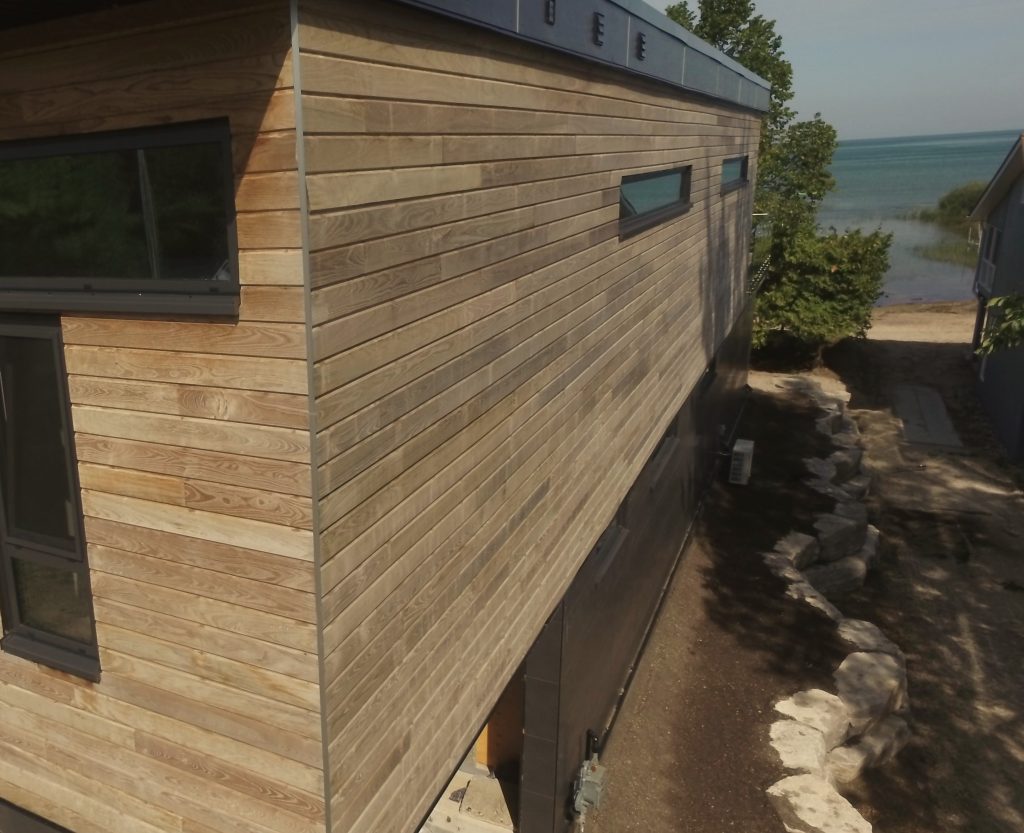
Thermally-modified woods may come with a higher price tag compared to their conventional counterparts. However, they undoubtedly represent the wiser investment in the long run, boasting a lifespan of 15-25 years free from the risks of rot or decay.
At Brazilian Lumber, we directly import thermally modified woods in three species: ash, ayous, and pine. Ash is generally a darker brown, ayous is a lighter brown, and pine has a knotty texture. Ash and ayous come with 25-year lifespans, while pine comes with a 15-year lifespan. Respectively, pine comes with a lower price tag than ash and ayous. At Brazilian Lumber, you can get thermally modified woods in fluted and traditional profiles.



